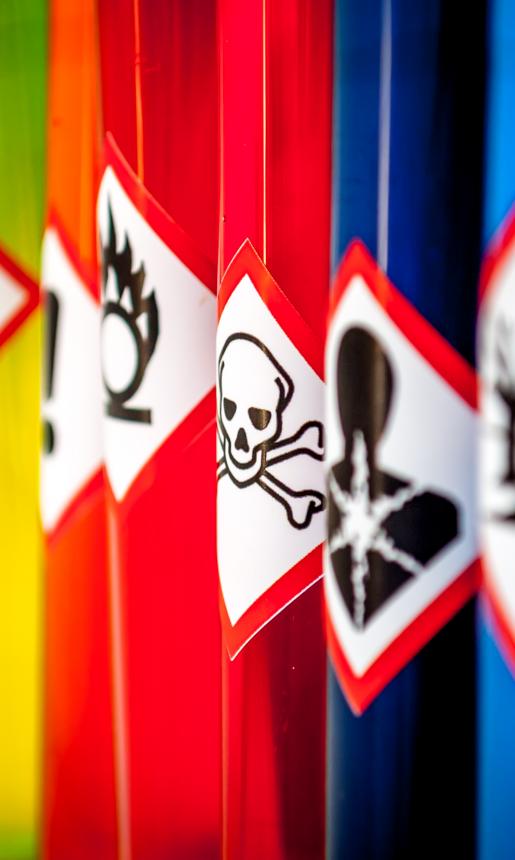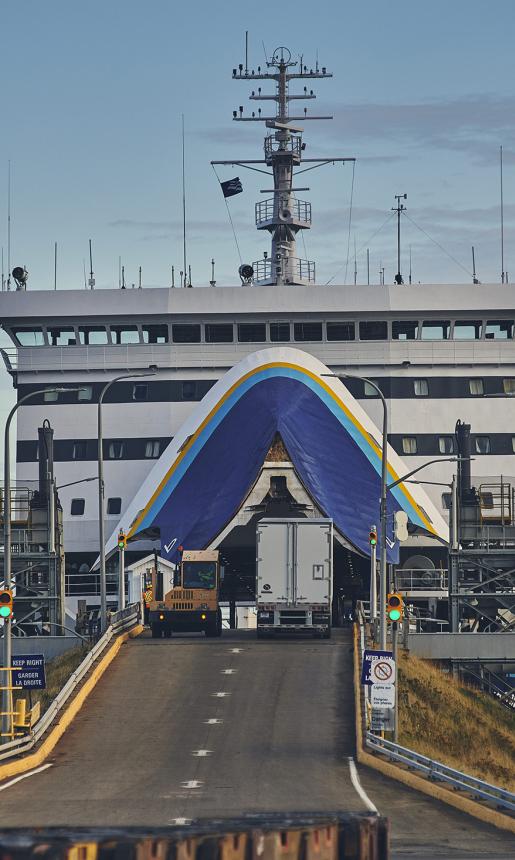Transporting Dangerous Goods
Safety is our top priority.
At Marine Atlantic, we aim to move all our customers’ goods safely, in the most efficient way possible. We understand that the transportation of dangerous goods deserves special attention and continually work to ensure we use the utmost care in this process.
Through federal and international legislation, thousands of products and substances are regulated as dangerous goods. As such, transportation of these commodities on our service is subject to multiple regulations, in full or in part, including:
- Transportation of Dangerous Goods Regulations
- International Marine Dangerous Goods Code
- Canada Shipping Act
- Cargo, Fumigation and Tackle Regulations
When transporting dangerous goods and cargo, all shipping customers are responsible to know the regulations for the commodities they are carrying and must declare them when arriving at our terminal. It’s important to note that regulations can differ for transportation by road and by ship.
Customers without their own documentation should download and complete the dangerous goods declaration form in advance of arrival at our terminals.






